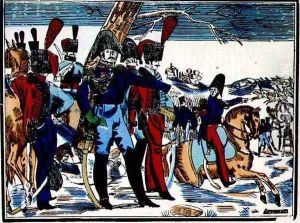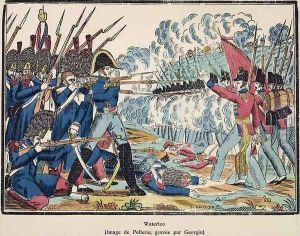Pellerin, Jean-Charles Paintings
Jean-Charles Pellerin, born in 1695 in Epinal, France, was a pioneer in the world of French popular printmaking. Though not as widely recognized as some of his contemporaries in the traditional fine arts, Pellerin's contributions significantly shaped the visual culture of his time, particularly through the popularization of 'Images d'Épinal'. These prints, named after Pellerin's hometown, became synonymous with colorful, affordable imagery that found its way into homes across France and beyond. Pellerin's work transcended the boundaries of traditional art, blending commercial savvy with artistic creativity to reach a wider audience.
Pellerin initially trained in the art of woodcut printing, a skill that he would later adapt to the more modern technique of lithography. This transition was pivotal, allowing for greater detail and a broader range of colors in his prints. In 1760, he founded the Imagerie Pellerin, a print shop that would become the cornerstone of the Images d'Épinal industry. Under his leadership, the Imagerie Pellerin not only produced religious and educational imagery but also ventured into current events and popular stories, making the prints a precursor to modern news and entertainment media.
Throughout his career, Pellerin demonstrated an astute understanding of market dynamics. He was among the first in France to adopt a mass-production approach to art, making his works accessible to the general public at a time when original art was largely the preserve of the elite. This democratization of art had a lasting impact on French society, fostering a sense of national identity through shared visual culture.
Pellerin's legacy is not just in the images he created but in the innovative methods he employed and the broad audience he reached. His work paved the way for future generations of printmakers and illustrated the potential of visual art as a mass medium. Jean-Charles Pellerin passed away in 1782, leaving behind a legacy that would endure through centuries, with the Imagerie Pellerin continuing to operate and adapt well into the 20th century. His approach to art as a business and his vision for accessible, popular imagery remain influential to this day.

